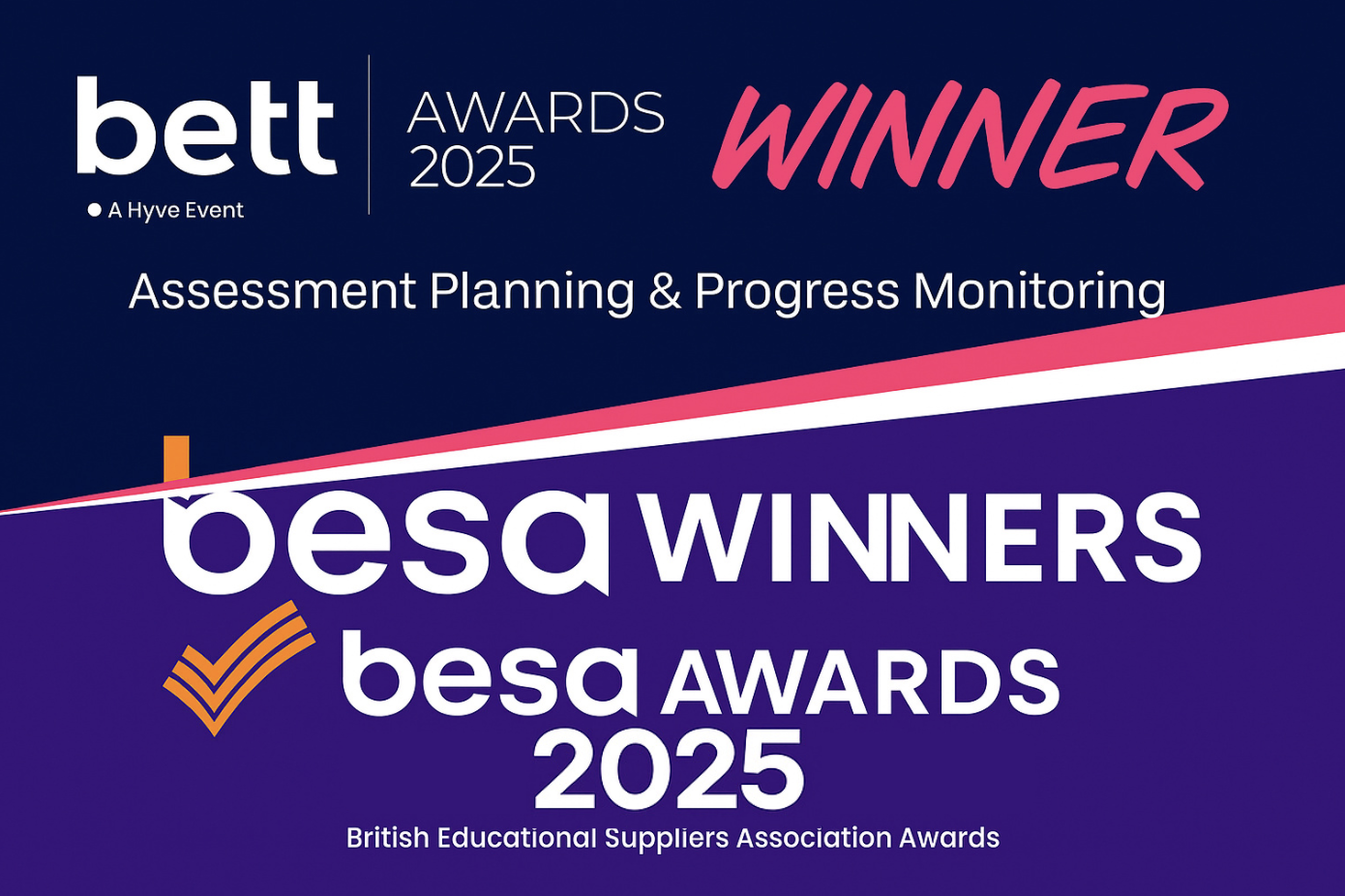Autism and Spiders
Did you know that 60% of inmates in Young Offenders Institutes in England have a Speech, Language and Communication Need (Research for Ministry of Justice, 2016), mostly undiagnosed. And we know from other research, that there is significant comorbidity with other diagnoses. The Kaplan study (2001) noted that 51.6 % of children with dyslexia have another disorder. For ADHD this overlap is 80%. In developmental disorders comorbidity is the rule not the exception.
This is why it is so important for teachers to understand the complex, spiky profile that neurodiverse learners have, and yet also employ simple, clear strategies in classrooms that include everyone in the learning.
So how do we go about this?
The way in to this problem is to develop what is called ‘executive functioning’. We know that the brains of neurodiverse learners, including those with language and communication difficulties, and dyslexic children, do not process information at the same speed as a neurotypical learner, so we have to practice developing this key area.
Let's meet Maggie, who is primarily on the Autistic Spectrum, but also has processing difficulties. She is writing about spiders, and works methodically through quite complicated texts, but at a slower rate than some of her peers. In fact, when there is a large block of text on the page, the words often seem to ‘swim’ and muddle before her eyes, and she has to look away for a while.
For Maggie, this means she develops language best when she is visually and kinaesthetically working though activities and tasks which stimulate her processing of information. In short, if she is studying spiders, lots of spider visuals and spider models (maybe even a real spider!) will get those narrative text centres fired up her brain.
We know that for an individual with autism, whether they have speech or not, they may have difficulty in processing and forming the language. They may also have difficulty in understanding the meaning of communication (Jordan, 2010) and have very little interest in interacting with other people. So any approach needs to be step by step – the smaller the steps the better – and using a full range of stimuli.
Lawson’s research (2013), highlights that motivation is ‘the key to opening paths to learning’ for individuals with ASD. She further asserts that motivational activities can increase gamma synchrony (brain wave activity), which broadens the attention span. In short, find out what Maggie enjoys!
Start from where the learner is.
So, what all of this research tells us is that we have to start from where the learner is. Any fixed model of development, assessment quartiles, standardised markers or national benchmarks will only tell the learner that they are some way behind their peers. A detailed, and thorough assessment of what prior learning, including behaviours and preferences, the learner has acquired, alongside a mapping out of their developmental progress, and areas such as self-regulation, will sit comfortably alongside their diagnoses and other indicators of processing and communication delays (for example WIATT II, Digit Span test).
This gives us our starting point, the place from which the journey begins. This is where the creative brilliance of the teacher and teaching assistant comes in. These are the people, after the parents and carers, who know the learner best, who will be able to apply the use of technology, personal interests, passions and hobbies, into a programme of motivational learning. Let’s return to Maggie. She was a real pupil, in the author’s English class and SEND resource. Initially she was struggling to cope in a mainstream setting. This girl, with elements of OCD and Asperger’s in her spikey ASD profile, was obsessed with arachnids. More than that, she was an expert. The key to reducing her anxiety and stress related behaviours was to build spiders into her curriculum. You’d be surprised how many times these octo-legged creatures can occur in maths equations! This was the start of her pathway to success, and the look of delight on her face when presented with a task sheet with spiders crawling all over it was a testament to the thoroughness of her profiling and mapping, and the willingness of her teachers to personalise her learning.
And this marrying of expertise (based on sound knowledge of the learner) and creativity is the very foundation stone of learner success.
At PAGS we specialise in providing support and in helping schools and professionals to improve the process of identifying special needs and put in place effective measures that meet the learners' needs and facilitate the learning process. Find out more here.
Get regular updates and insights from the PAGS Team.





